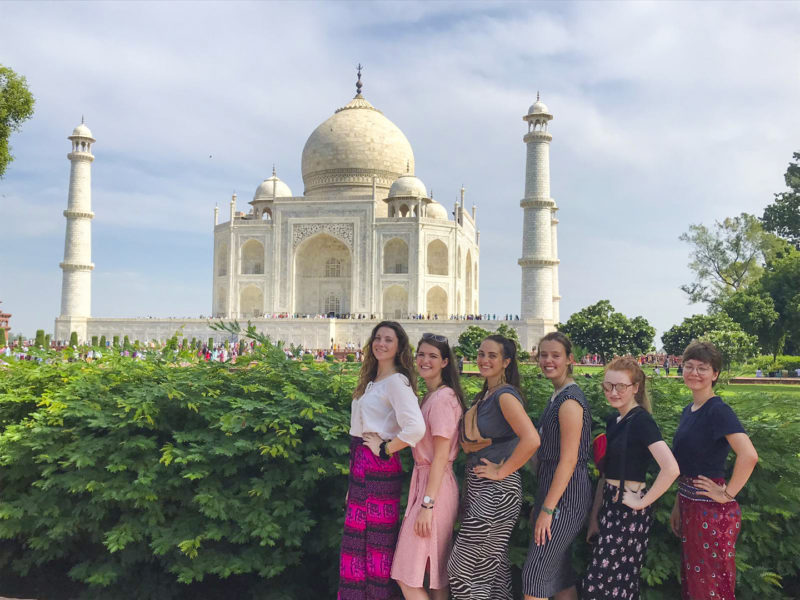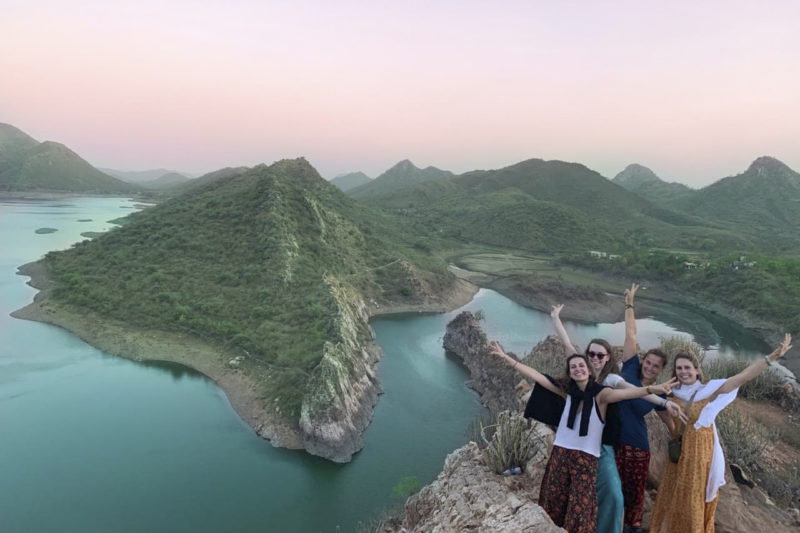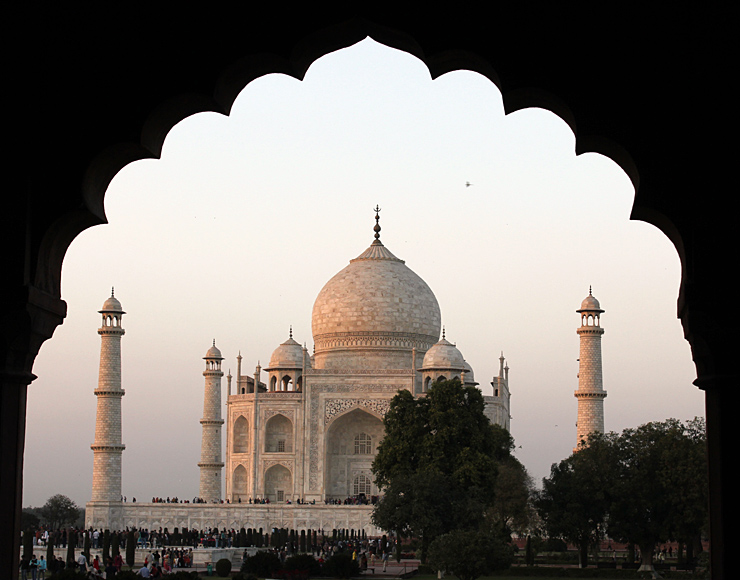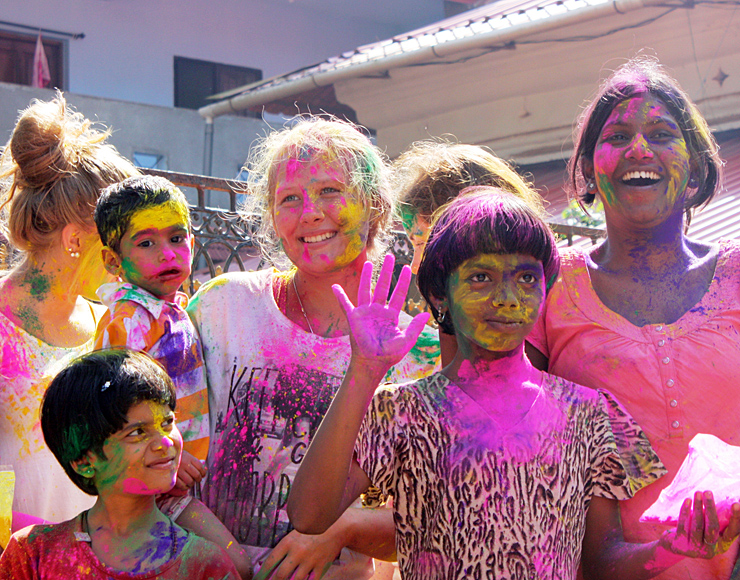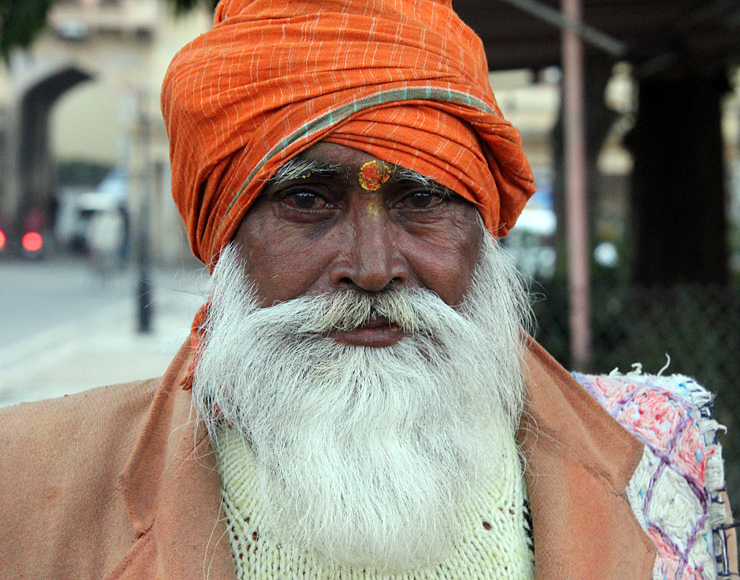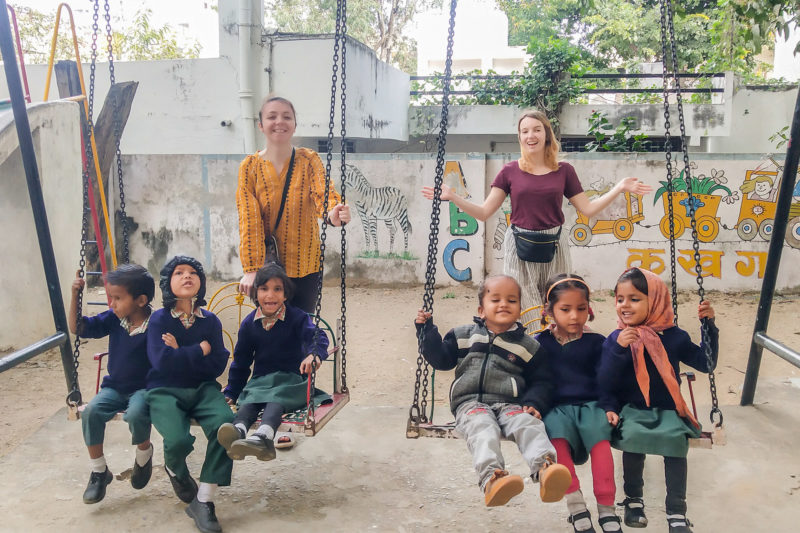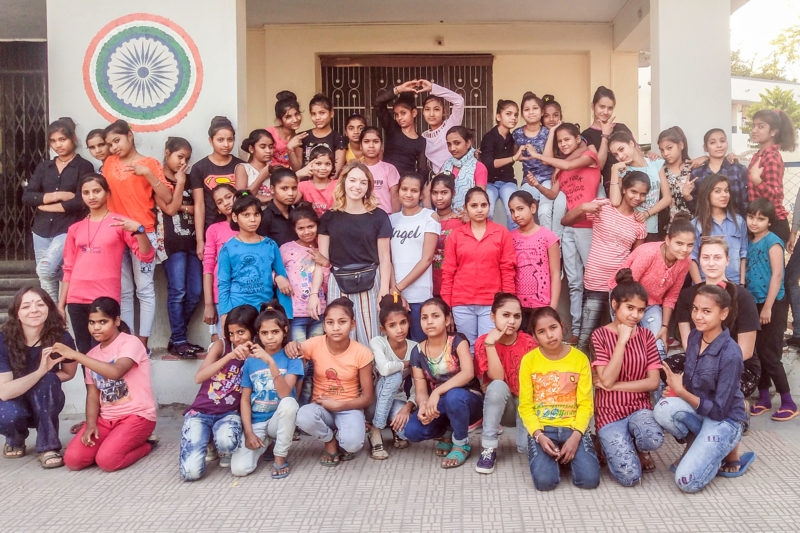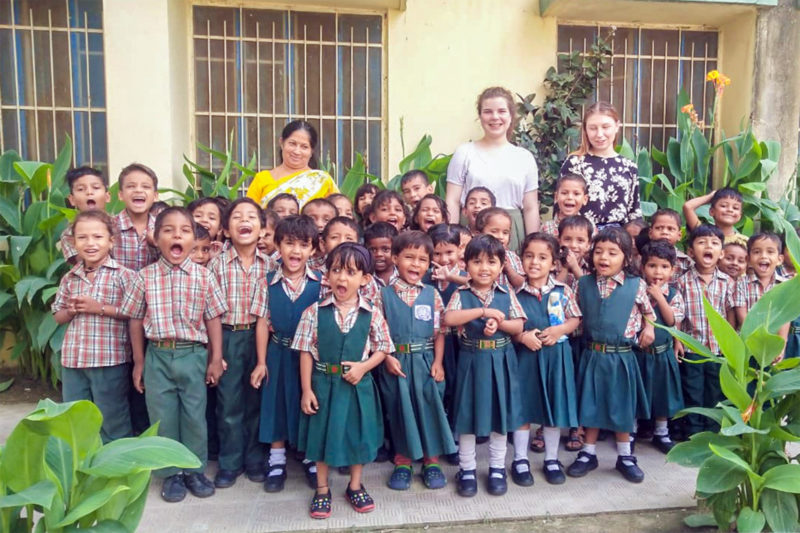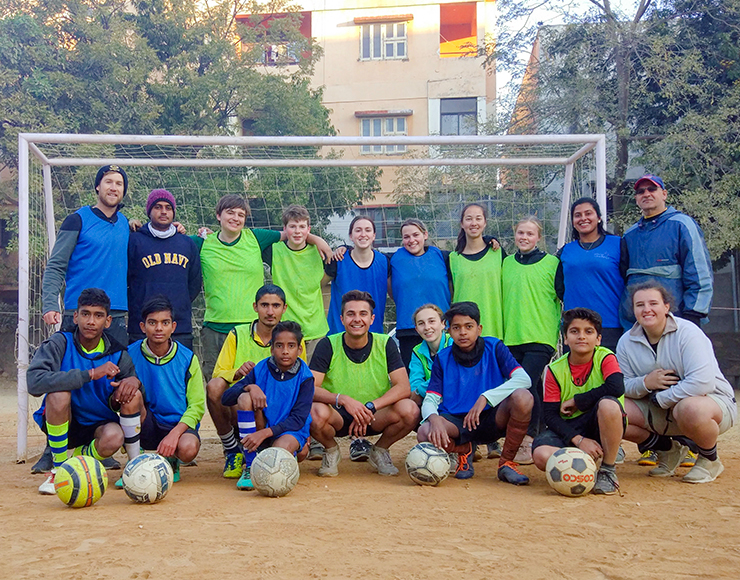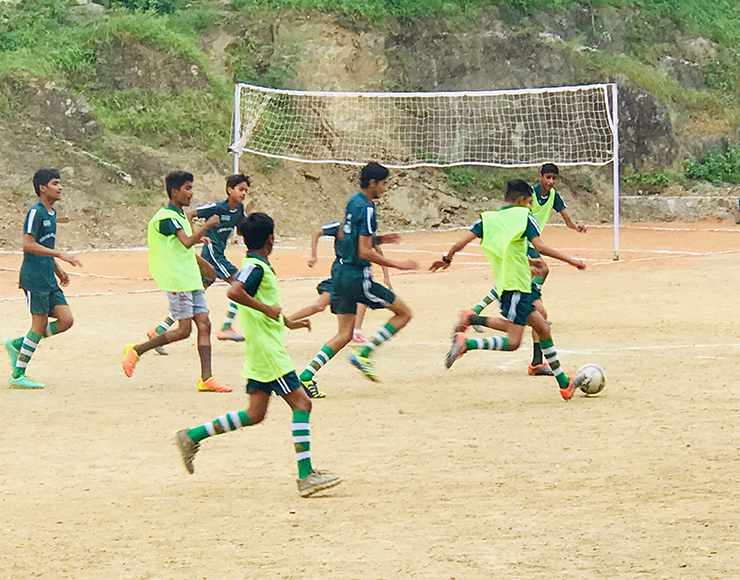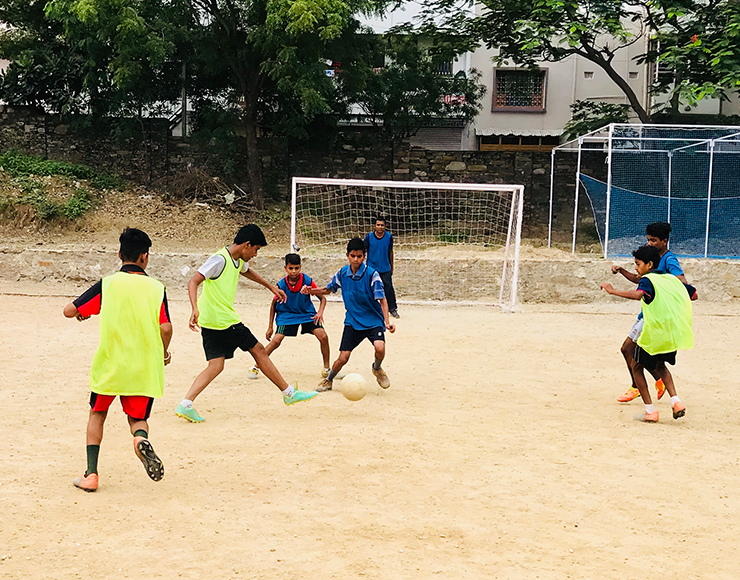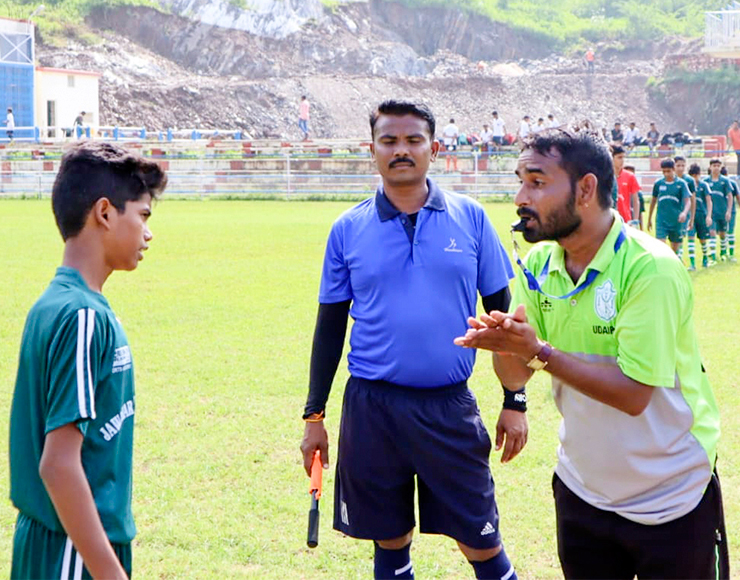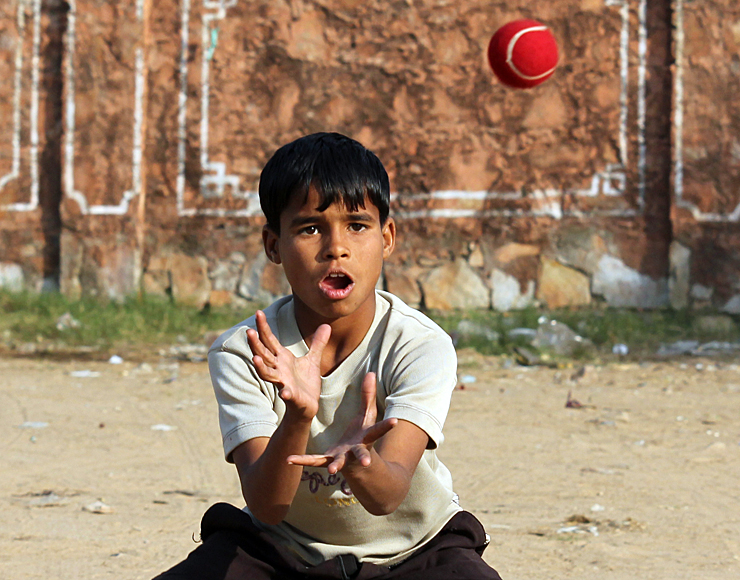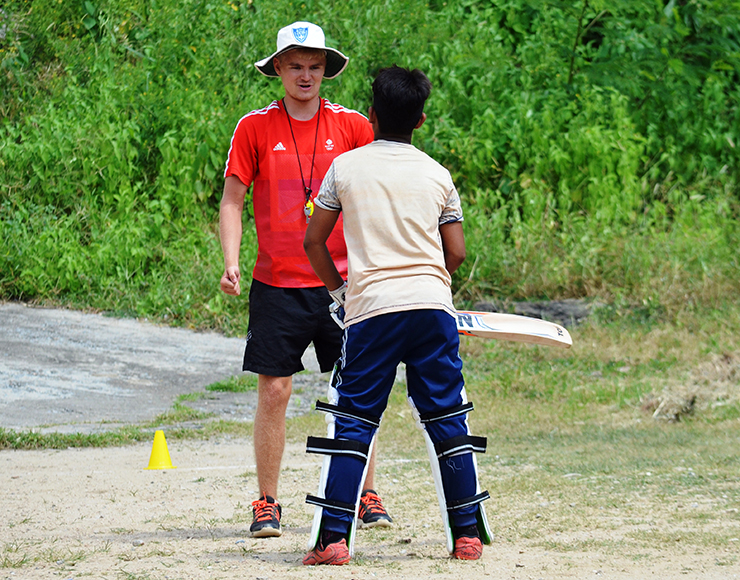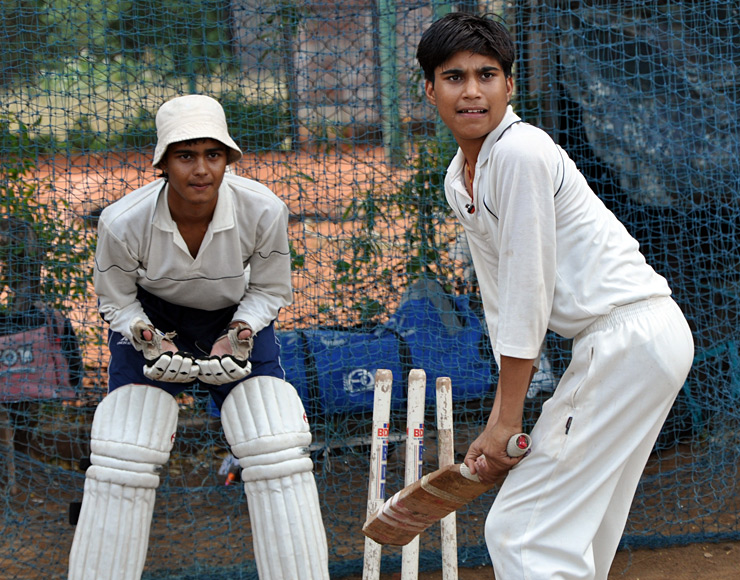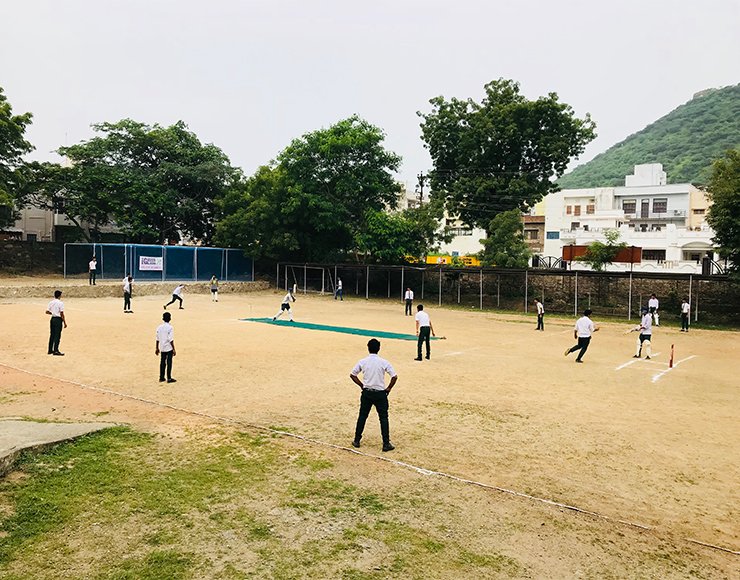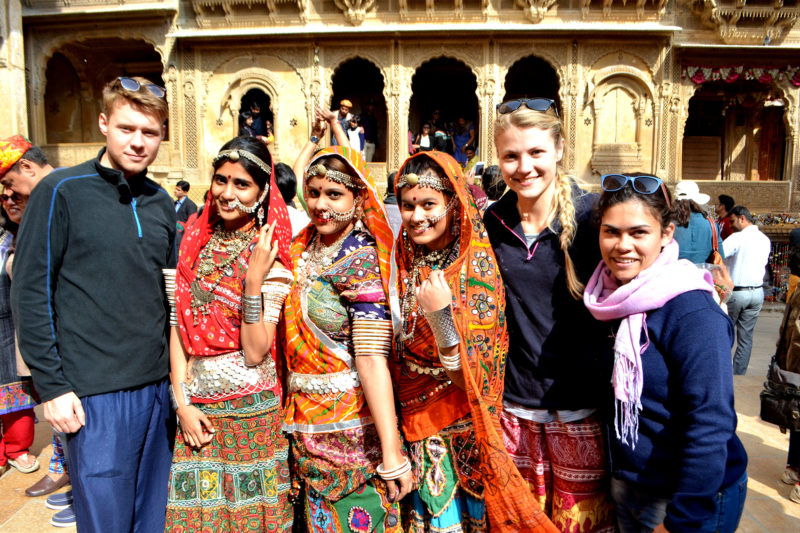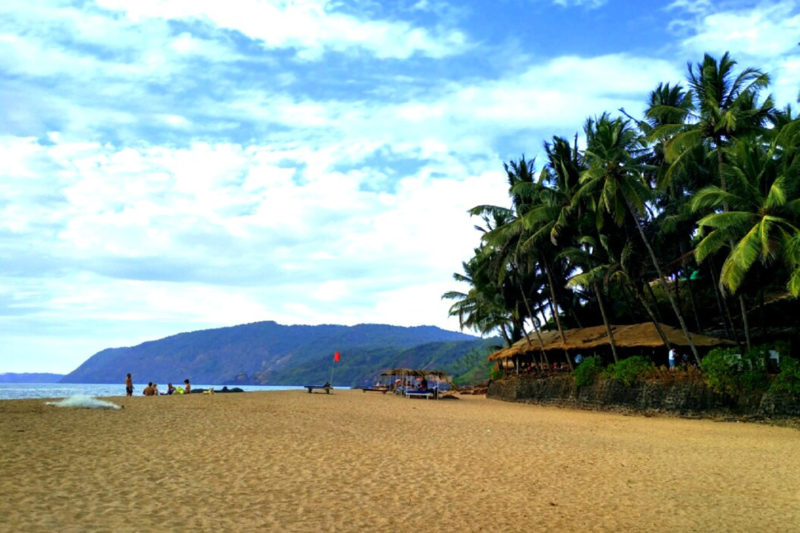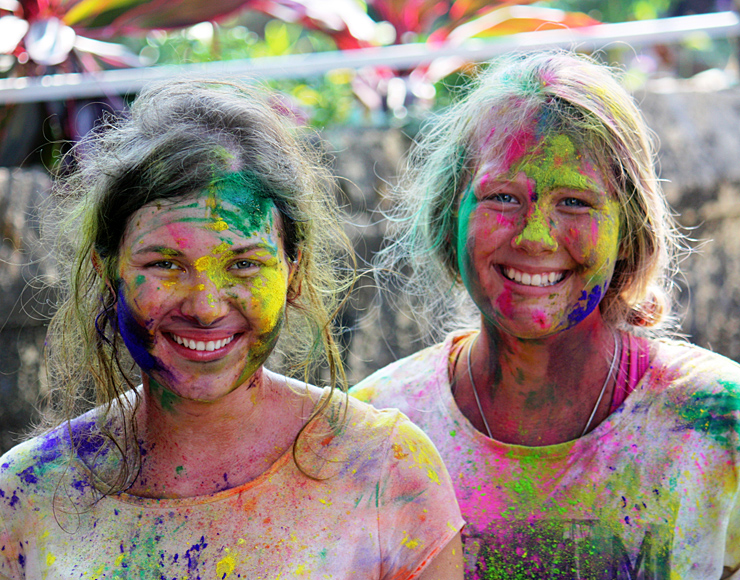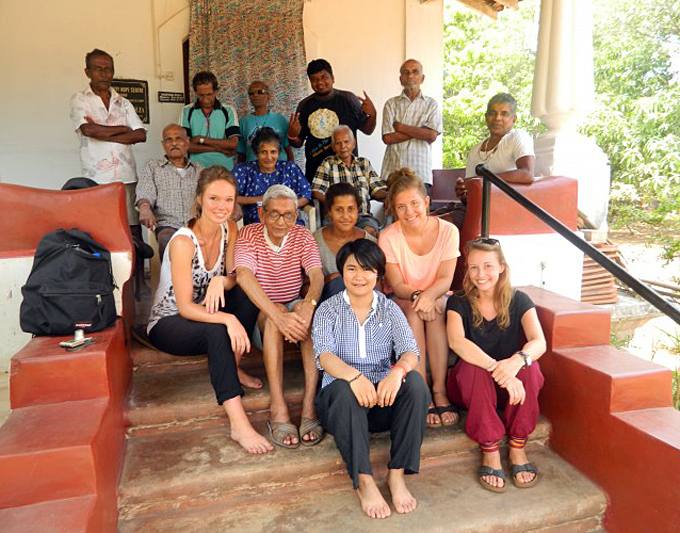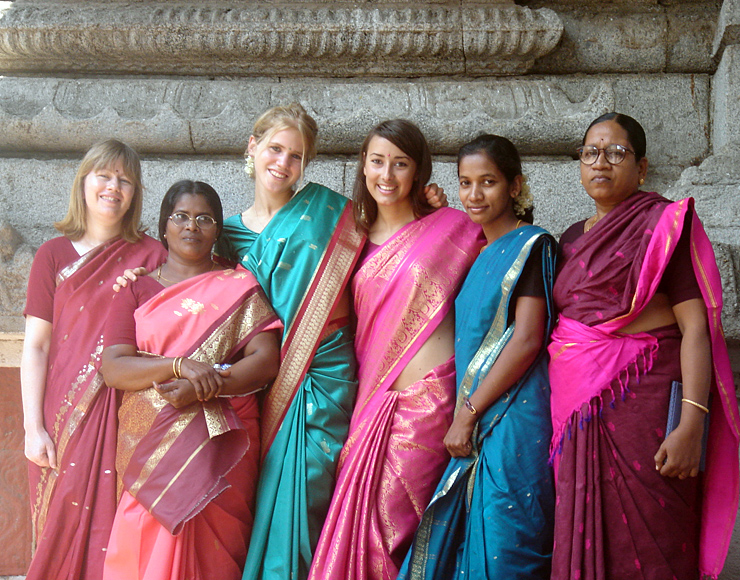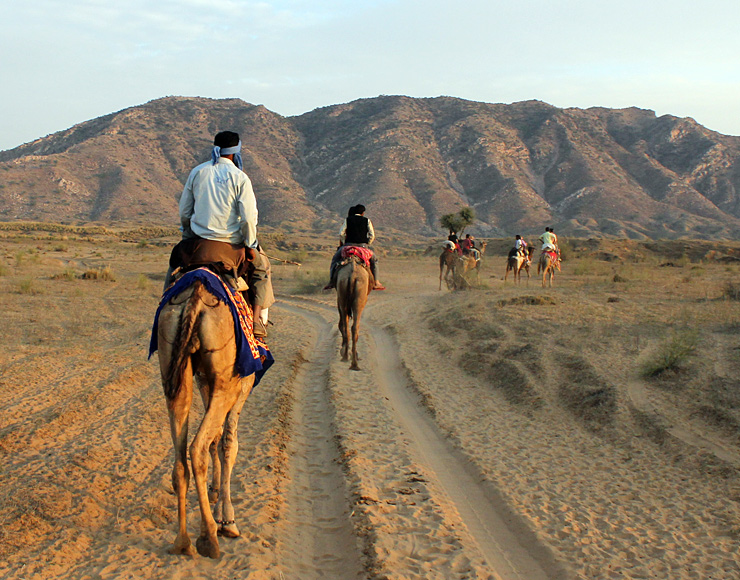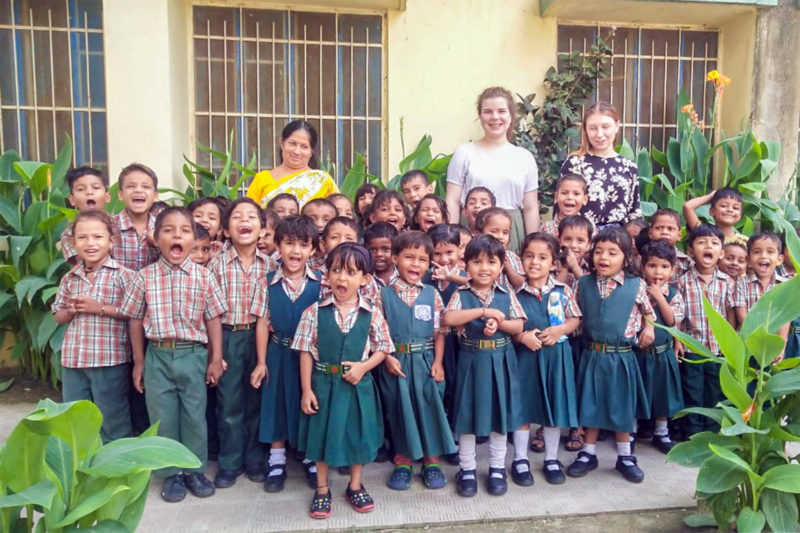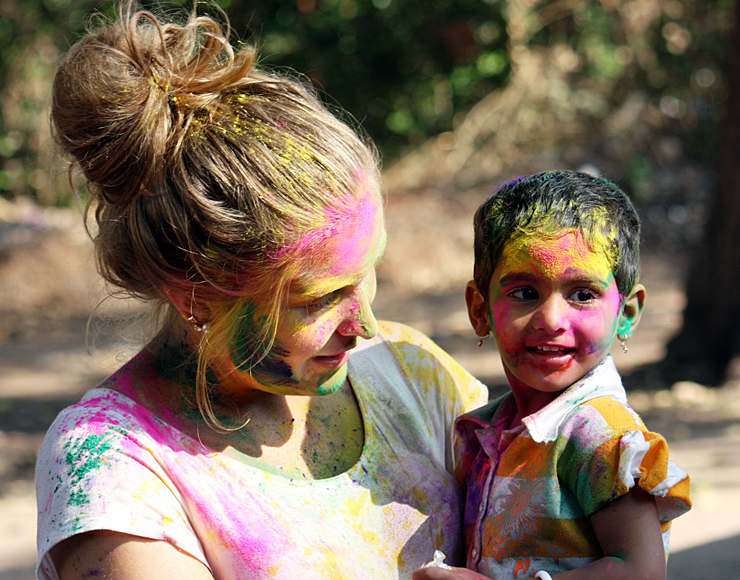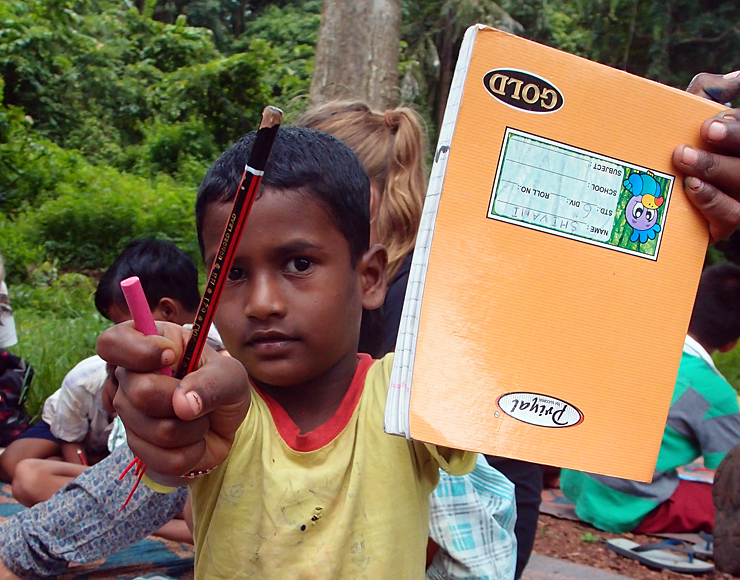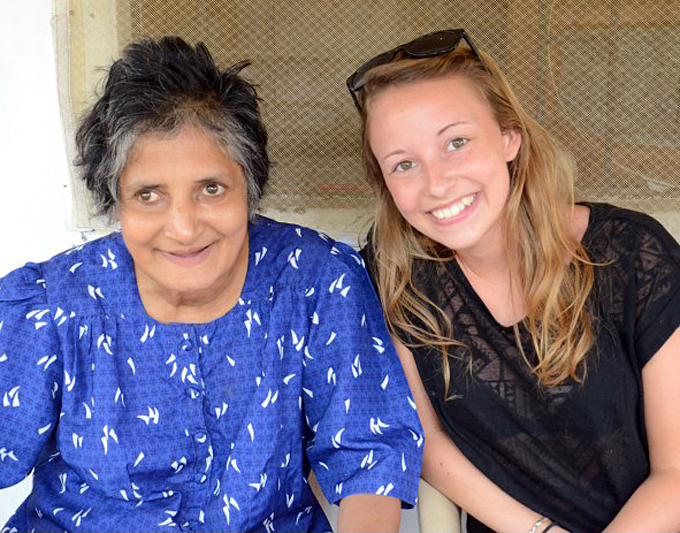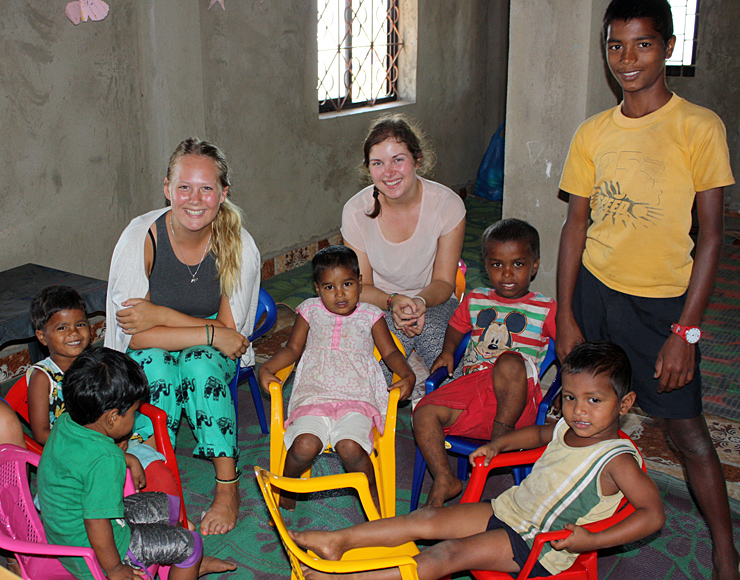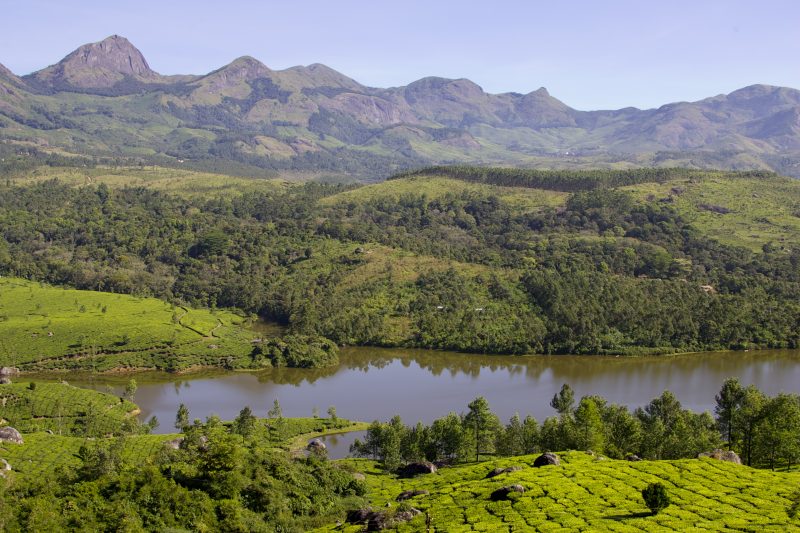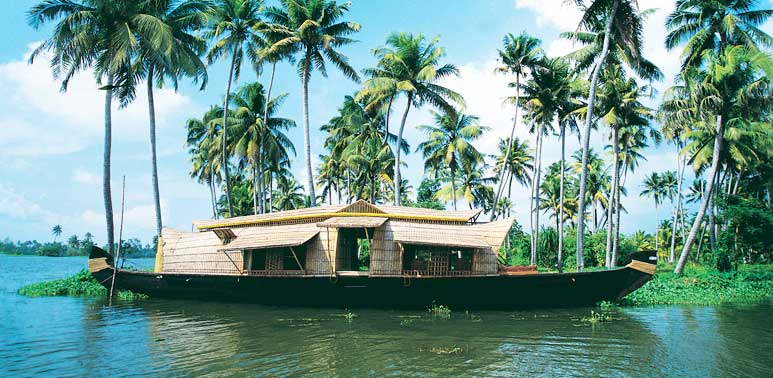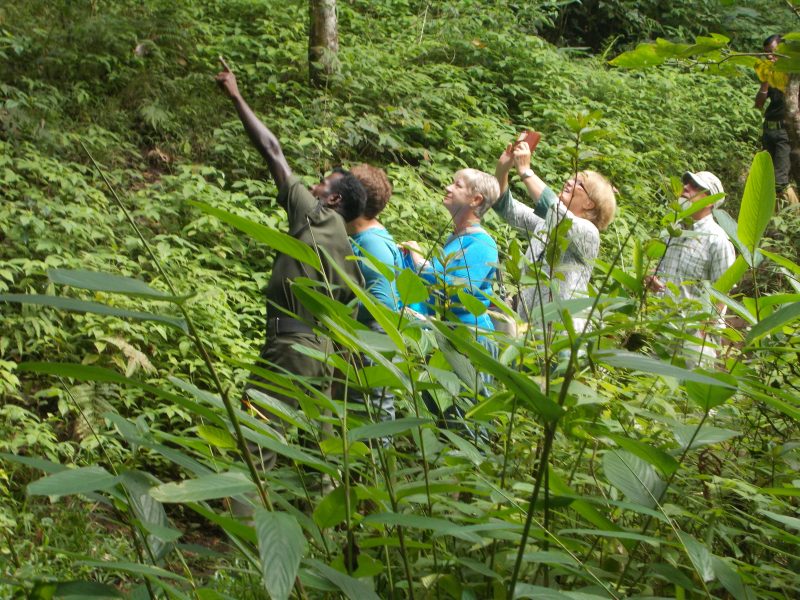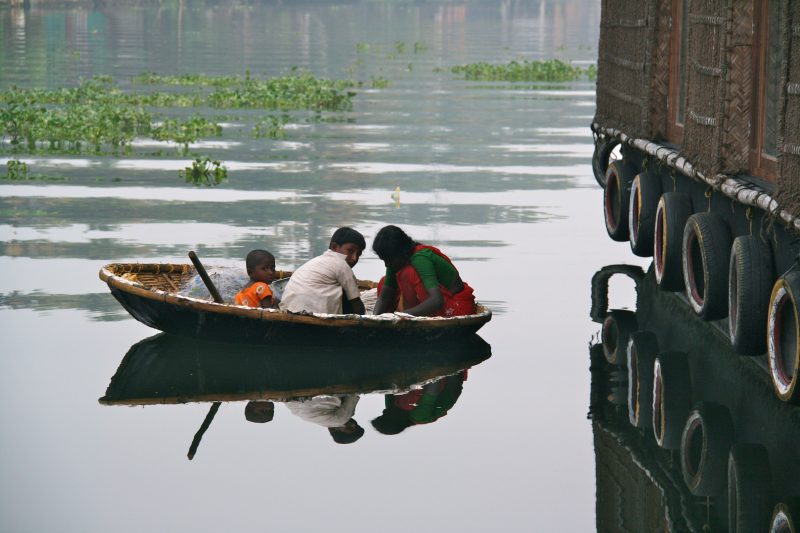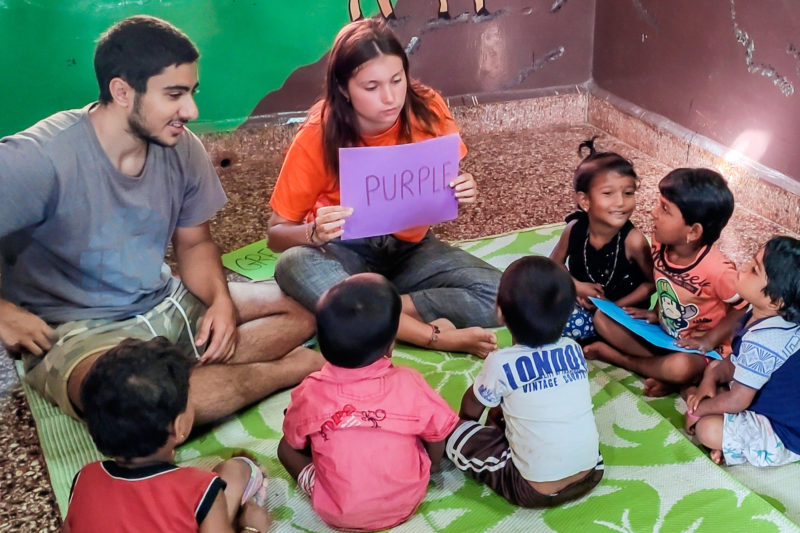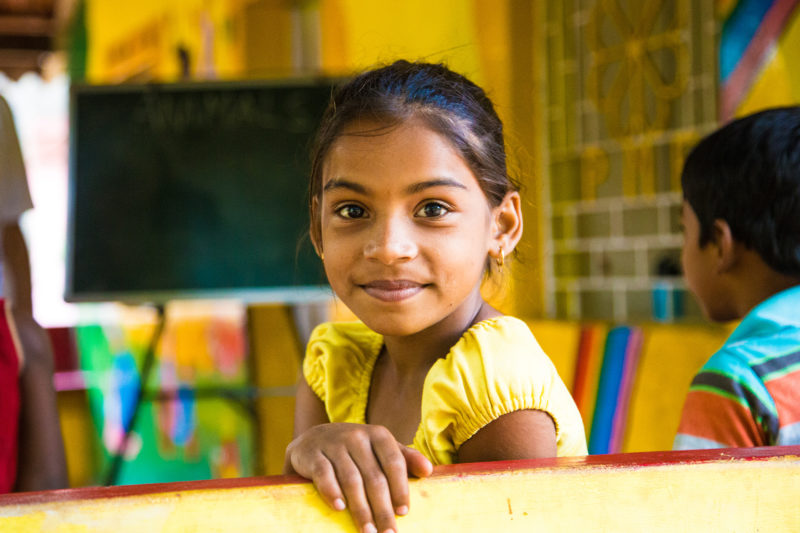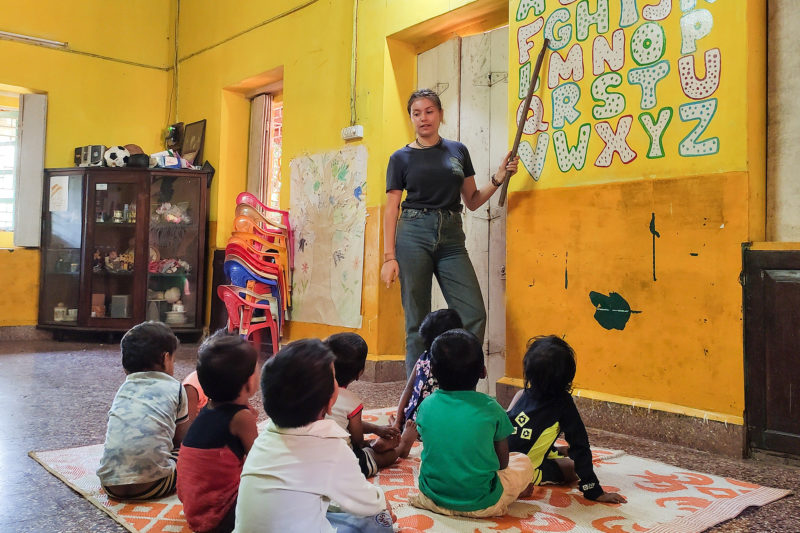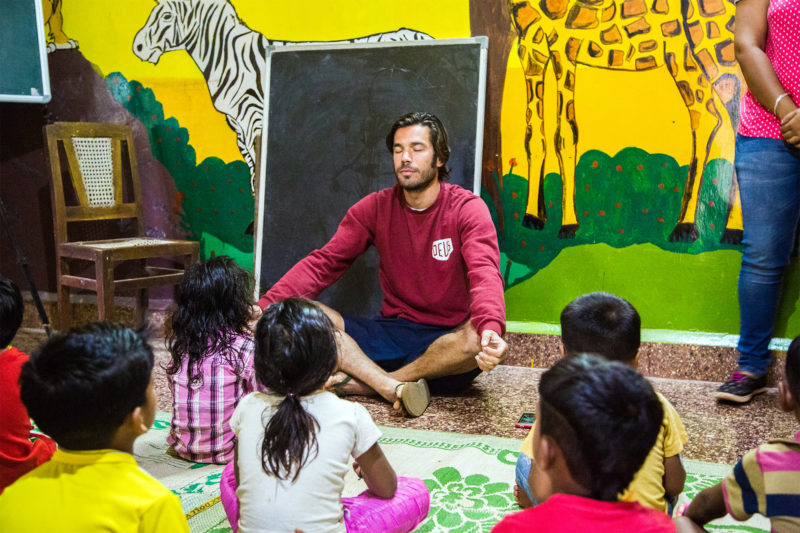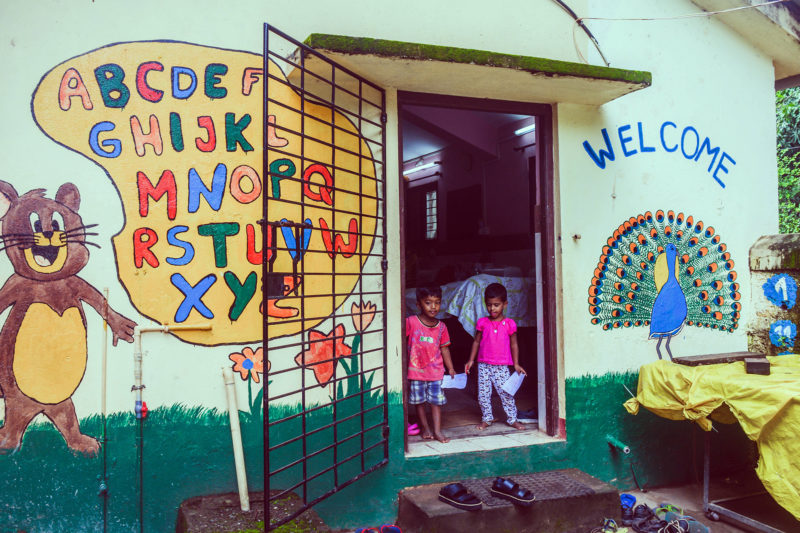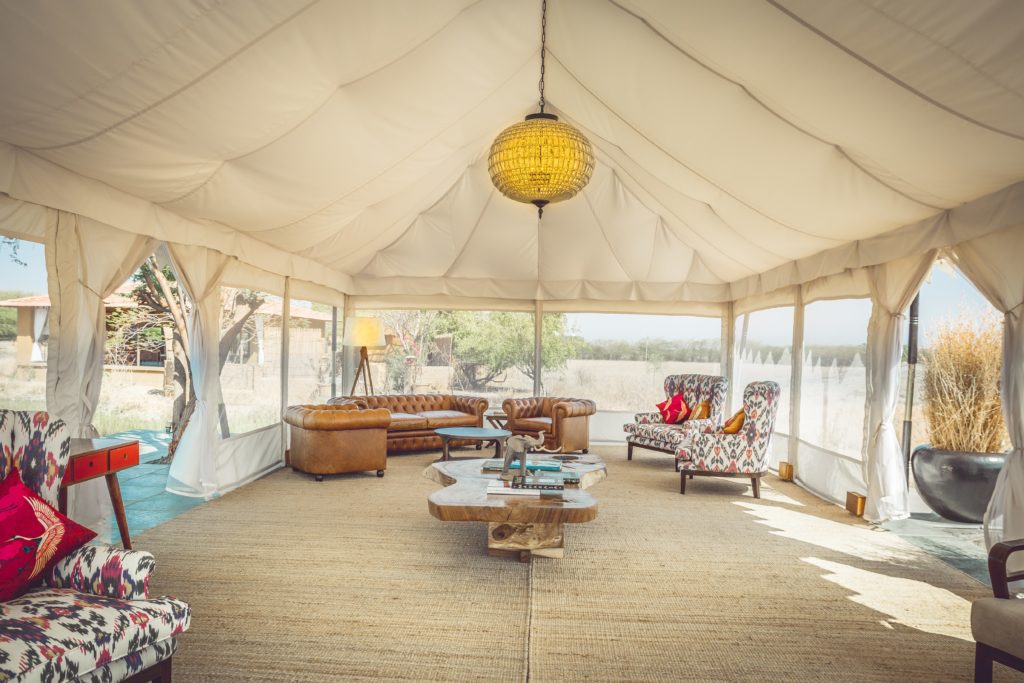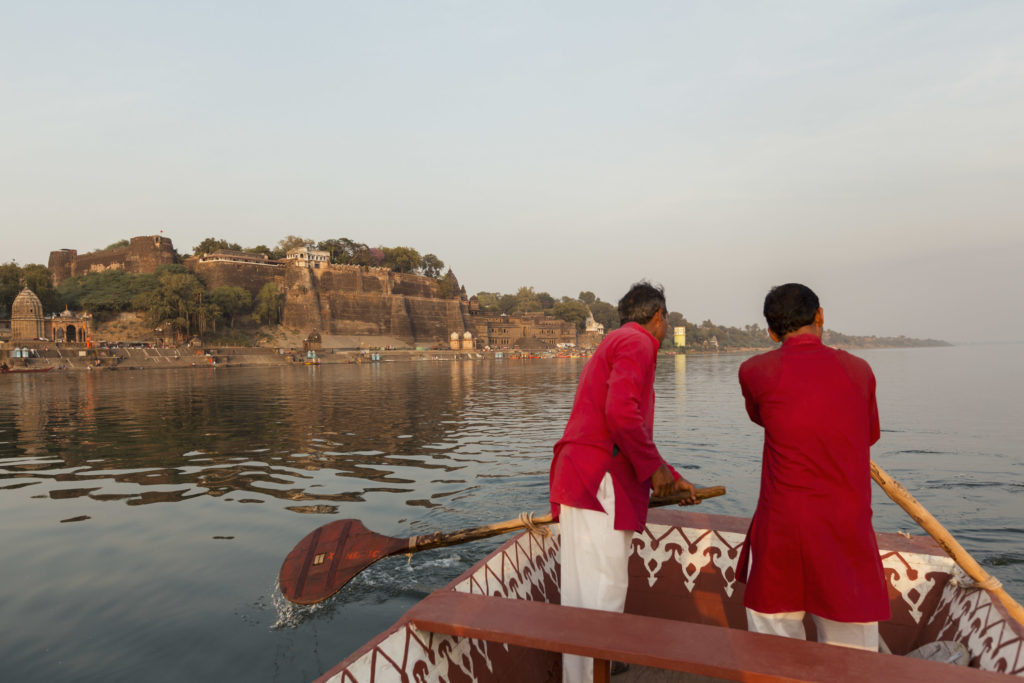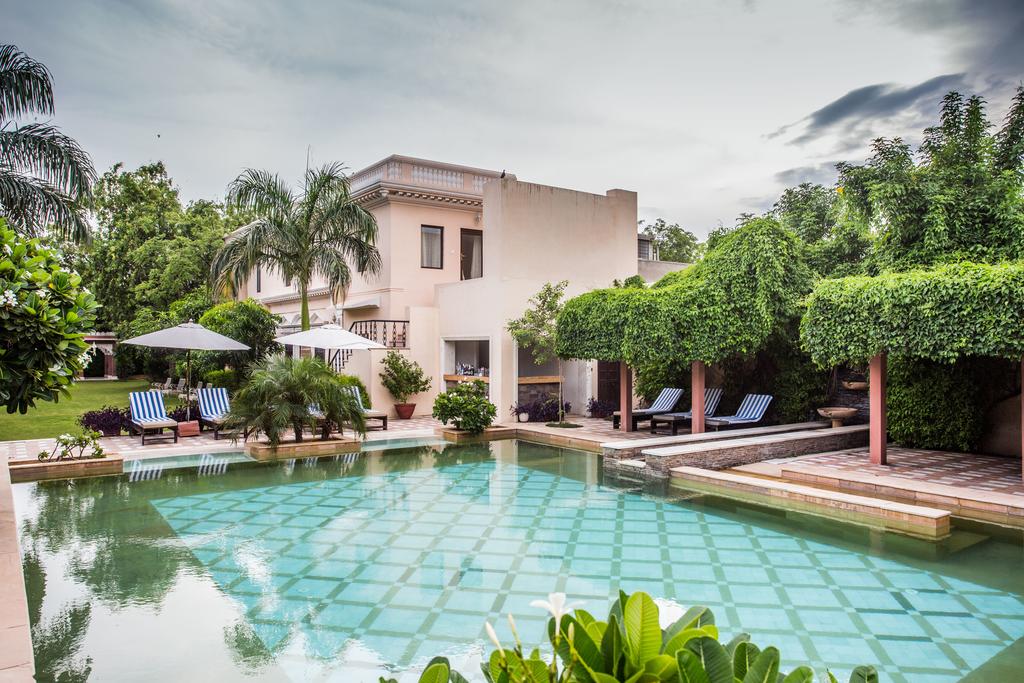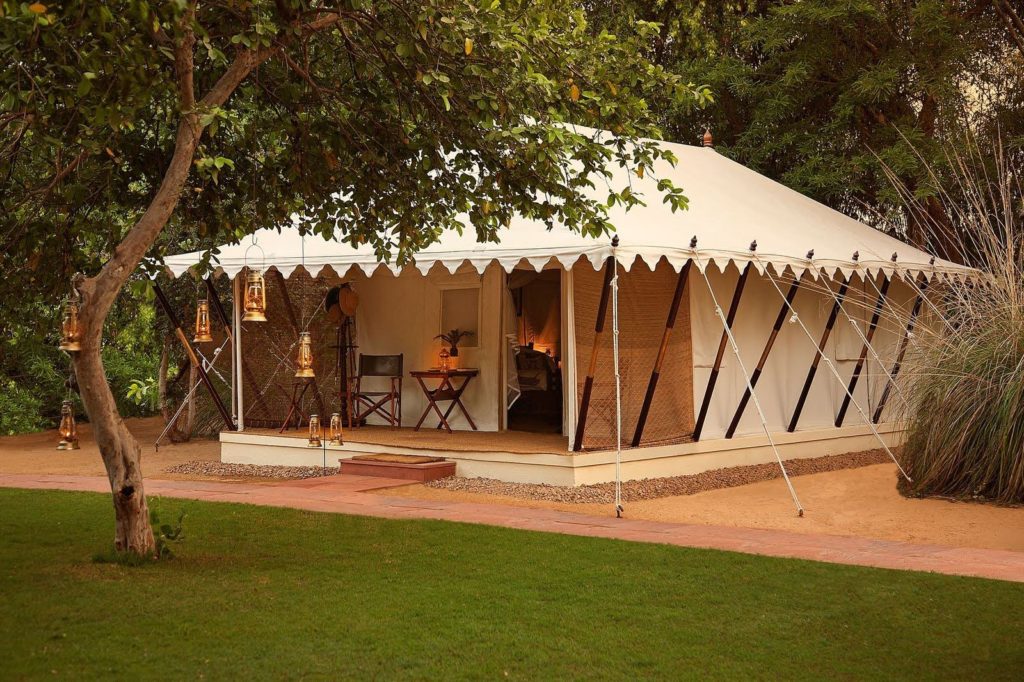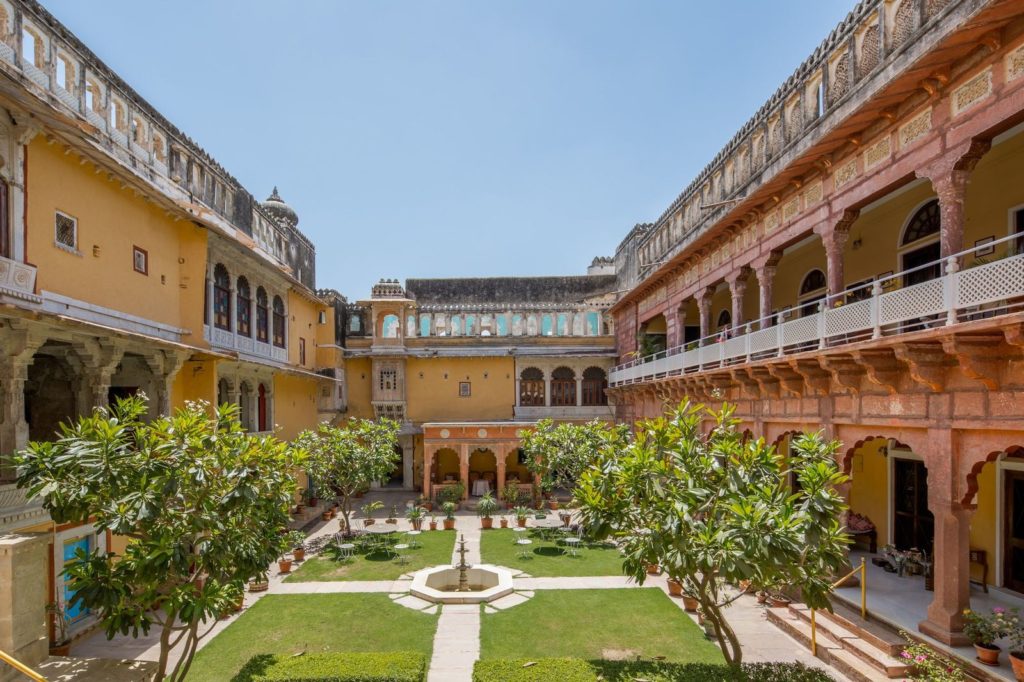Quick Facts
Climate
India is so vast that climatic conditions in the far north have little relation to those of the extreme south. While the heat is building up to breaking point on the plains, the people of Ladakh, in the Himalaya, will still be waiting for the snow to melt on the high passes.
India has a three-season year – the hot, the wet and the cool. Generally, the best time to visit is during winter (November to February) although there are regional variations.
Summer (hot): The heat starts to build up on the northern plains of India from around February, and by April or May it really hots up. In central India temperatures of 45C and above are commonplace. Later in May, the first signs of the monsoon are visible in some areas – high humidity, violent electrical storms, short rainstorms and dust storms that turn day into night. The hot season is the time to leave the plains and retreat to the hills, and this is when Himalayan hill stations are at their best (and busiest). By early June, the snow on the passes into Ladakh melts and the roads reopen.
Monsoon (wet): When the monsoon finally arrives, it does not just suddenly appear. After some advance warning, the rain comes in steadily, generally starting around 1 June in the extreme south and sweeping north to cover the whole country by early July. The monsoon doesn’t really cool things down: at first hot dry and dusty weather is simply replaced by hot, humid, muddy conditions. Even so, it’s a welcome relief, not least for farmers who face their busiest time of year as they prepare fields for planting. It doesn’t rain solidly all day during the monsoon, but certainly rains virtually every day the water tend to come down in buckets for a while followed by the sun. The main monsoon comes from the southwest, but the southeast coast is affected by the short and surprisingly wet northeast monsoon, which brings rain from mid-October to the end of December.
Although the monsoon brings life in India, it also brings its share of death. Almost every year there are destructive floods and thousands of people are made homeless. Rivers rise and sweep away road and railway lines and many flights schedules can be disrupted. In recent times, poor monsoon have lead to crippling droughts in many parts of rural India.
Winter (cool): Finally, around October, the monsoon ends for most of the country, and this is when most tourists visit. Generally, it’s not too hot and not too cool (although in October it can still be surprisingly humid in some regions). Delhi and other northern cities become quite cold at night in December and January. It certainly becomes cold in the far north. In the far south, where it never gets truly cool, the temperatures become comfortably warm. Then, around February, the temperatures start to climb again and, before you know it, you’re back in the sweltering hot weather.
Culture
Hinduism is a big part of the story and construction of the Indian culture. India is known for its distinctive arts such as architecture, literature and performing arts but in the modern era it has shifted towards the film industry. Bollywood is followed by the Middle East, South Asia and even Russia! Their movies are known for its musical intake and beautiful stories and characters, all, native Indian. One of the things that characterize India the most is its caste system; this model includes the old tradition of arranged marriages and very traditional family values throughout castes and the country. Don’t miss a cricket match when you visit! It is the nation’s favourite sport and a beloved pastime in the country.
Hinduism, Islam, Christianity, Sikhism, Buddhism, Jainism and Zoroastrianism are the major religious communities in the country. According to the 1990 census, Hindus constitute about 83% of the population followed by Muslims with 11% and Christians with 2%. Sikhs constitute about 1.6 %. Buddhists 0.6% Jains 0.3% and Zoroastrians (Parsees) 0.085%, of the 1 billion population. The rest constitute other minor religions. The population of all the 6 major religions has increased but Jainism has increased only marginally. India is a land of bewildering diversity. It is a jigsaw puzzle of people of every faith and religion, living together creating a unique and colorful mosaic. There is a festival for every reason and season. Many festivals celebrate the various harvests, signifying great historical figures and events while much express devotion to the deities of different religions. Every celebration revolves around rituals of prayer, seeking blessings, exchanging goodwill, and decorating houses, wearing new clothes, music, dance and feastings.
Do’s
-Do be aware that water is used instead of toilet paper in India. However, you need to buy some toilet paper in big cities or big towns as it is difficult to get in small places.
-Do try to be clean and neatly dressed. Decent western clothes or Indian clothes are preferable. Your clothes can be loose but should not be too revealing.
-Do try the traditional Indian food! If you find it difficult to get used to it, you can stock up on tinned food, biscuits, fruits etc… after arriving here. But always wash the fruit before eating it.
-In the non-urban areas, food is eaten on the floor, sitting cross legged. Shoes/sandals should not be brought near the place of eating. Neither is cutlery used – only the fingers of the right hand are.
-“NAMASTE” – folding your hands together in a praying gesture is the traditional form of greeting. Women usually use this form of greeting while men usually do also shake hands.
Gastronomy
India as a country is already very various and the same can be said about the food. Every state and every region is having its own dishes and ways of cooking, it even differs from religion to religion. The main differences you can see in the food from the north and the south.
The basis of an Indian meal usually is rice (in the south) and wheat in form of a special flat bread (in the north). Generally this is eaten with Dhal (lentils), Sabzi (vegetables), fish or meat and chutney. After the meal you can choose between the lots of different Indian sweets.
A thali is the all-purpose Indian dish. This product of South-India is also found in other parts of the country and consists of a metal plate with a number of small metal bowls filled with a variety of curry, vegetable dishes, a couple of papads, puris or chapattis and a mountain of rice. Thalis are consistently tasty rather cheap and 100% filling.
Many coastal areas have excellent seafood freshly caught and cooked in many different ways. But one will also find that every region has its special preparation for chicken, being it tandoori, kebab and so on.
Chaat is the general term for snacks, besides that India shares a huge variety of sweets that can be found on every corner and which are extremely sweet for a foreigners taste. Believe it or not, there is no such thing as curry in India; it is an English invention to cover the whole range of Indian food spicing. Spices are blended in a certain combination to produce Masala in various mixes.
Despite typical Indian food a great selection of foods from other parts of the world can be found here. The Chinese and Thai influence blesses us with marvellous dishes in a number of restaurants all over the subcontinent. Also found are continental restaurants which are becoming increasingly popular in all major cities. And sometimes even a taste of Europe can be enjoyed here such as an Italian Pasta restaurant, a French pastry or a German bakery.
Transportation
Indian railways are one of the largest undertakings in the world. The network covers a distance of over 60,000 Km. Road covers 5.5 million kilometres and over 10,000 km of inland navigable waterways. Using rail and bus services, one can reach almost any point on the Indian map though not always on time. All large cities are also connected with domestic air services.
Buses operate frequently to all smaller towns to/from major cities. There are also inter-state buses that take you from one city to the other (non stop). Before booking your bus tickets, always check the time it would take from one point to the other. For the local buses, you buy the ticket once you get on. For the lines that go between cities you will have to book and pay in advance.

